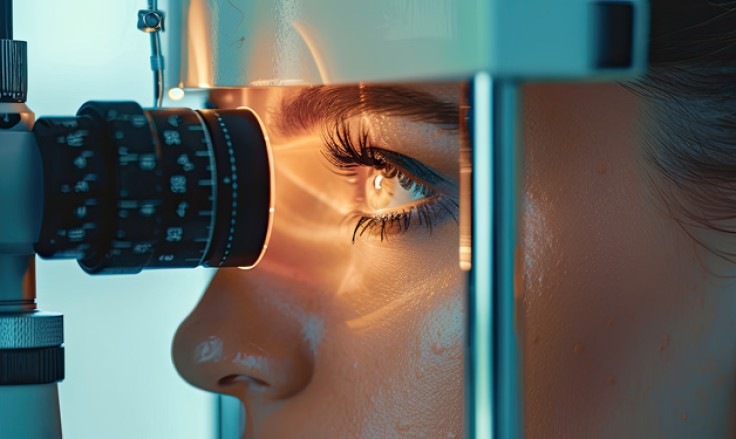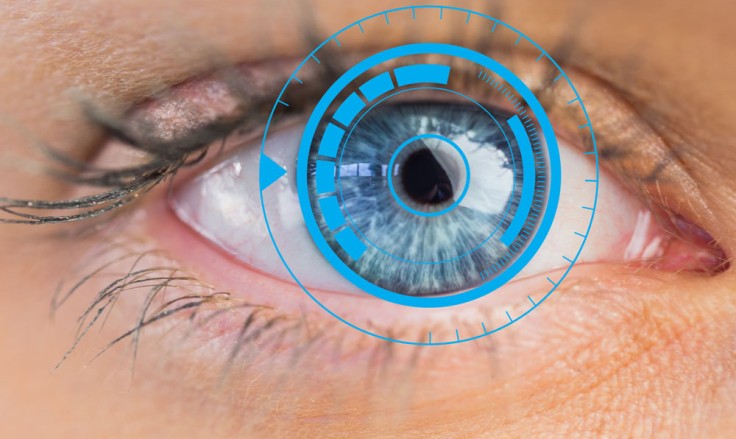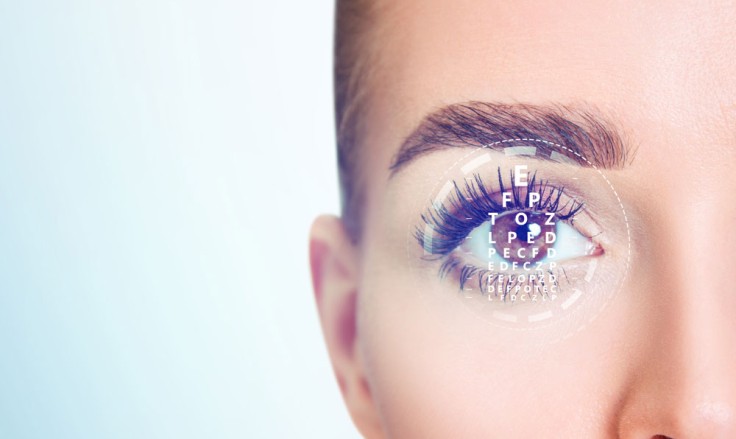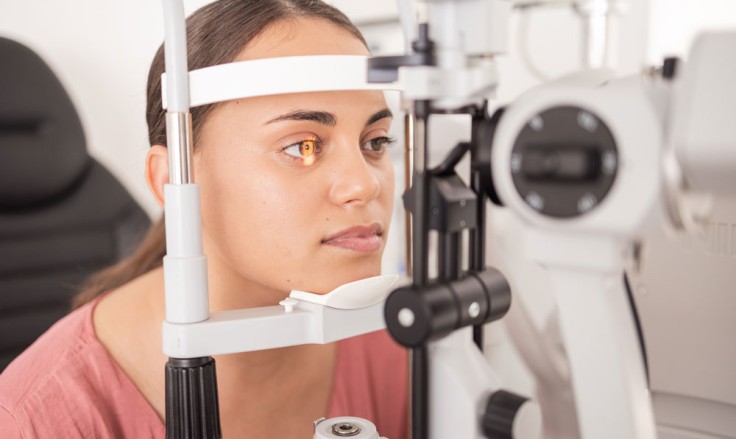A Guide to Laser Eye Surgery Recovery
Introduction
Laser eye surgery has become a popular and reliable way to correct vision problems. While the procedure is quick and safe, Laser Eye Recovery plays a vital role in achieving the best results. Proper recovery ensures lasting improvements and protects your eyes from complications.
This guide outlines each stage of Laser Eye Recovery. It explains how to care for your eyes, manage side effects, and resume daily activities. With expert advice and simple tips, you’ll be better prepared to support your healing journey.
What Happens Right After Laser Eye Surgery?
Immediately after laser eye surgery, your vision may feel blurry or hazy. This is completely normal. Most people also experience mild discomfort, dryness, or a gritty feeling. These effects typically begin to improve within 24 hours.
You’ll be asked to rest briefly at the clinic before heading home. It’s important to arrange transportation, as you won’t be able to drive. Recovery begins straightaway, and your first 24 hours are crucial. Your doctor will give you protective eye shields to wear while sleeping. These prevent rubbing and accidental contact during the night.
The First 24 to 72 Hours
This early stage of Laser Eye Recovery requires close attention. During this time, your eyes are especially sensitive. You may notice watering, light sensitivity, or a slight burning sensation.
To manage these symptoms:
- Use all prescribed eye drops exactly as directed
- Wear sunglasses outdoors to protect from bright light
- Avoid rubbing your eyes at all costs
- Rest in a dark, quiet environment if possible
Most importantly, avoid screens. This includes phones, TVs, and computers. Staring at screens too early can cause dryness and delay healing.
Managing Discomfort During the First Week
By day three, many people feel a clear improvement. Vision continues to stabilise, and discomfort usually decreases. However, it’s still vital to follow aftercare advice during this period.
To support healing:
- Apply lubricating drops often to prevent dryness
- Continue wearing sunglasses when outdoors
- Avoid makeup, especially around the eyes
- Refrain from swimming or using hot tubs
Follow-up visits with your doctor will help track your progress. These appointments are essential. They allow the surgeon to ensure everything is healing properly.

Returning to Normal Activities
Laser Eye Recovery timelines vary slightly by individual. However, most patients return to light activities within one week. Reading, walking, and working on a computer can resume carefully.
For more active routines:
- Wait at least two weeks before doing strenuous exercise
- Avoid contact sports for at least a month
- Skip saunas and steam rooms during the early stages
- Wear protective glasses if working in dusty or bright conditions
- Driving should only resume once your doctor confirms that your vision is safe and clear.
Understanding Visual Fluctuations
Some patients report that their vision changes slightly day to day. This is a normal part of Laser Eye Recovery. It may take several weeks for vision to fully stabilise.
You might also see:
- Halos or glare around lights
- Mild double vision
- Sensitivity to light or wind
These symptoms typically fade over time. If they persist, your doctor may suggest temporary glasses or enhanced eye drops.
The Role of Nutrition and Hydration
Eating well supports overall healing. A balanced diet boosts your immune system and keeps tissues healthy. Focus on:
- Leafy greens and colourful vegetables
- Omega-3-rich fish and nuts
- Whole grains and lean proteins
Hydration is equally important. Drink plenty of water to keep your eyes lubricated. Avoid alcohol, as it can cause dehydration and dryness.
Good nutrition helps your body repair itself and supports a smoother Laser Eye Recovery.
Using Eye Drops Properly
Prescribed eye drops help prevent infection and reduce inflammation. Some may also keep your eyes moist.
To apply drops safely:
- Wash your hands before use
- Tilt your head back and pull down the lower lid
- Place the drop in the corner of your eye
- Avoid touching the dropper to your skin
Follow the schedule your doctor gives you. Skipping doses can slow recovery or cause irritation.
Conclusion
Laser Eye Recovery is a key part of achieving lasting visual improvement. With the right care and lifestyle choices, healing is fast and smooth. Each stage requires patience and consistent aftercare. From using drops correctly to avoiding makeup, every step helps protect your eyes. Nutrition, rest, and protective gear also support full recovery.
By following this guide, you’re setting yourself up for the best possible outcome after surgery.
For more information and to book a consultation visit the ACIBADEM Beauty Center Laser Eye Surgery webpage.




